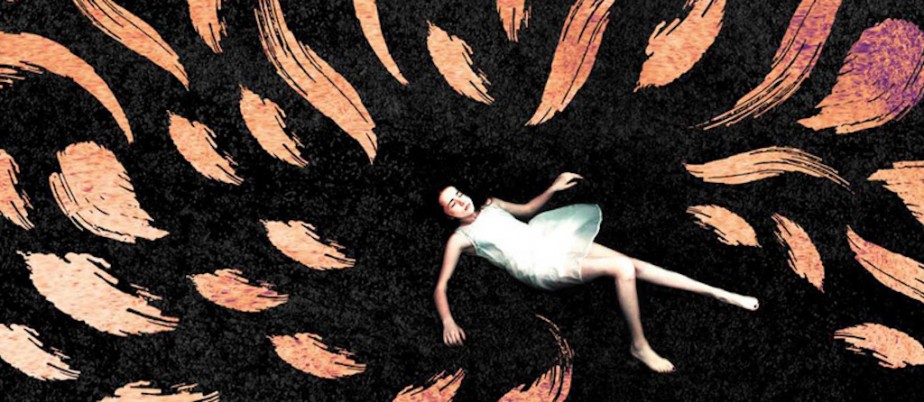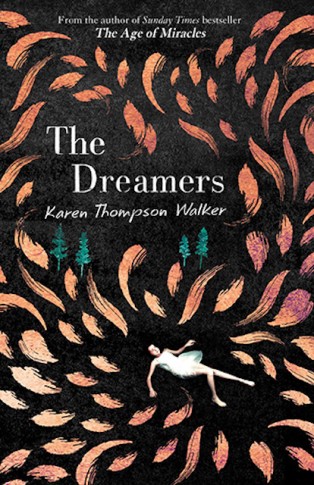 Ebola, swine flu, SARS: we’ve seen many epidemics erupt in recent times, resulting in scores of deaths around the world. What we haven’t seen is a contagion resulting in deep, dream-filled sleep.
Ebola, swine flu, SARS: we’ve seen many epidemics erupt in recent times, resulting in scores of deaths around the world. What we haven’t seen is a contagion resulting in deep, dream-filled sleep.
Yet this is the calamity that befalls a small American town in Karen Walker’s new novel The Dreamers. The residents of Santa Lora find themselves succumbing to a sleep-inducing contagion for which there is no known cure. It emerges when one of the girls in a local college goes to bed after a party and cannot be woken. One by one, other students from the college also begin yielding to the mysterious malady, as do some of the townsfolk who come in contact with them. Gradually, the virus begins to creep through the local population, as well.
The wider it travels, the more we learn about the lives it affects in different ways as it ripples outward from the college. At the centre of the disaster is a group of first-year students, key among them Mei and Matthew, both on the outskirts of the main first-year social groups. There is Nathaniel, an older professor keen to teach his students about biology. There are also Annie and Ben, young professors learning to cope with the demands of a recently born baby girl. A cleaner, Thomas, and his two daughters, Sara and Libby, also become caught in the spread of the virus. So does Catherine, a psychologist from New York, brought in to help the victims and stem the growth of the contagion.
 Each one of these individuals’ lives is sketched in exquisite detail. Over the course of the novel, Walker gradually reveals her characters’ secrets and desires, often through ordinary, day-to-day objects. The characters’ lives intersect more and more closely, showing just how tightly connected the town’s community is, as the plot gradually builds towards a gripping finish. Like many dystopian works of fiction that bring to life situations of mass panic, the novel also charts the quintessential human reactions to danger. Some characters, understandably, flee; others, terrifyingly, turn to unbridled violence in order to survive; others still try to help those in need.
Each one of these individuals’ lives is sketched in exquisite detail. Over the course of the novel, Walker gradually reveals her characters’ secrets and desires, often through ordinary, day-to-day objects. The characters’ lives intersect more and more closely, showing just how tightly connected the town’s community is, as the plot gradually builds towards a gripping finish. Like many dystopian works of fiction that bring to life situations of mass panic, the novel also charts the quintessential human reactions to danger. Some characters, understandably, flee; others, terrifyingly, turn to unbridled violence in order to survive; others still try to help those in need.
Undoubtedly the most striking element of The Dreamers is the dream-like narration itself. The steady march of the contagion through the town, and its gradual engulfment of the characters’ lives, is told in a gentle, pensive way. Walker’s writing style evokes the subject matter perfectly. A sense of wonder and remembrance is also built from the opening chapter through historical and mythological references, which continue right through the book. They are complemented by brief discussions of scientific studies relating to epidemics and sleep that help give the narrative extra authenticity.
That said, although the research used to inform The Dreamers is effective, the fictional research in the novel is not. We initially read about the urgent investigations being conducted on the epidemic, in government laboratories, for example; as the story progresses, though, that research fades from view. In reality, in this sort of scenario, research efforts to understand and combat the virus would intensify. Also, the intervention of the U.S. government as a whole would be more robust; knowing how the government responds to crises at home and abroad, the response in a town like Santa Lora would be faster, larger and more technologically sophisticated.
However, these are minor issues. The Dreamers is an engrossing piece of speculative fiction that captures the complexities of lives caught in a mysterious contagion. Through beautiful prose, the novel plays out the possibilities of this sort of scenario on a grand scale, while always intimately keeping focus of the individual characters at its heart.
Karen Thompson Walker, The Dreamers, Scribner, 2019



